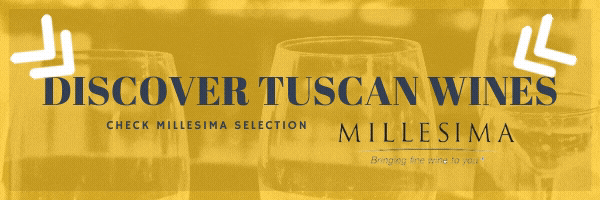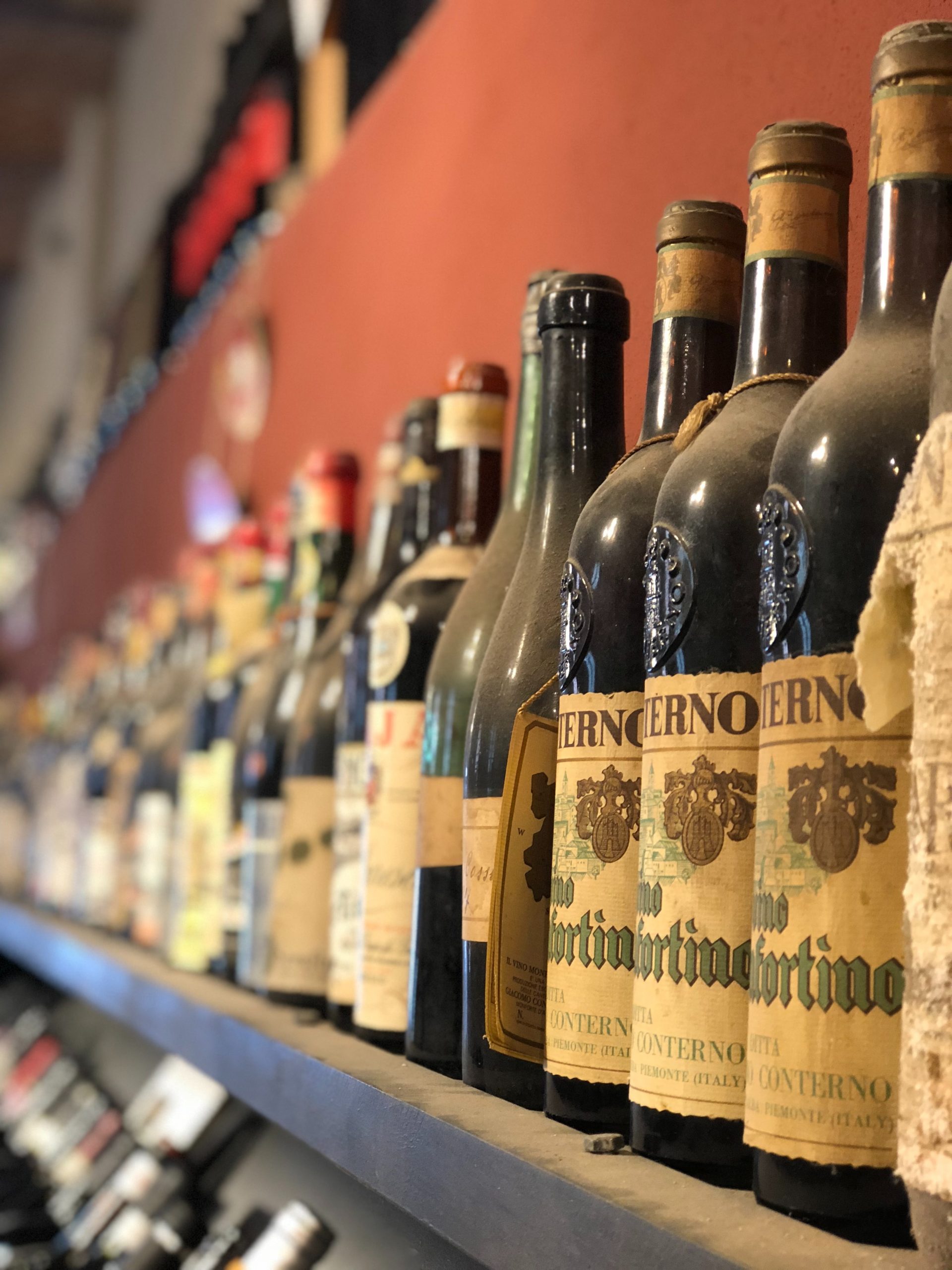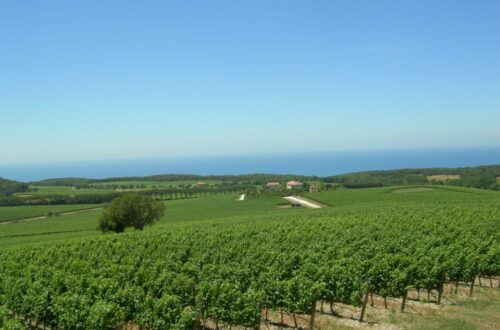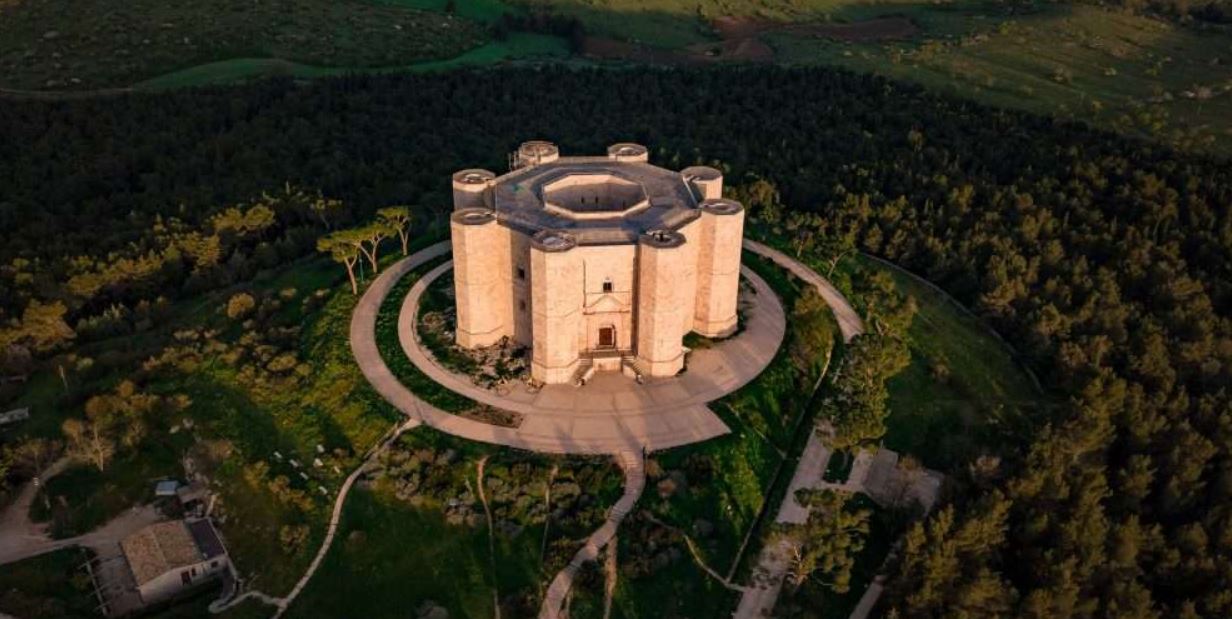Discover Chianti Classico DOCG, the Sangiovese Wine from Tuscany’s historic heartland between Florence and Siena. The Complete guide: history, blends, tasting notes, food pairings, best vintages & buying tips.
Table of Contents
What is Chianti Classico DOCG?
Chianti Classico DOCG is Italy’s most prestigious Sangiovese wine, produced in the historic heartland of Tuscany between Florence and Siena. Recognized by its iconic Black Rooster (Gallo Nero) symbol, this DOCG wine represents the original and highest quality expression of Chianti, requiring a minimum 80% Sangiovese grapes and strict aging requirements.
History of Chianti Classico Wine
Medieval Origins to Modern DOCG Status
Chianti Classico’s winemaking tradition dates back to 1398, making it one of Italy’s oldest documented wine regions. The area gained international recognition when Cosimo III de’ Medici officially defined the Chianti boundaries in 1716.
Key historical milestones:
- 1924: Formation of Italy’s first wine consortium with the Black Rooster symbol
- 1984: Granted prestigious DOCG status
- 1996: Established as autonomous DOCG with modern regulations
- 2014: Introduction of Gran Selezione category for premium estate wines
Chianti Classico Wine Region Geography
Tuscany’s Wine Heartland
The Chianti Classico DOCG zone spans approximately 100 square miles (25,800 hectares) in central Tuscany, with 10,000 hectares planted to vineyards. This historic wine region encompasses eight municipalities:
Core Chianti Classico Communes:
- Greve in Chianti
- Radda in Chianti
- Gaiole in Chianti
- Castellina in Chianti
Partial Communes:
- Barberino Val d’Elsa
- San Casciano in Val di Pesa
- Castelnuovo Berardenga
- Poggibonsi
Terroir and Climate
The region’s diverse soils create distinct Sangiovese expressions:
- Northern zones: Clay-rich soils producing elegant, aromatic wines
- Southern hills: Stone-based soils creating structured, age-worthy Chianti Classico
Grape Varieties and Wine Blending
Sangiovese: The Heart of Chianti Classico
Chianti Classico DOCG regulations require:
- Minimum 80% Sangiovese (up to 100% allowed)
- Traditional varieties: Canaiolo, Colorino
- International grapes: Up to 20% Merlot, Cabernet Sauvignon, Cabernet Franc, or Syrah
This flexibility allows winemakers to craft both traditional Tuscan blends and modern single-varietal Sangiovese expressions.
Chianti Classico Classifications and Aging
Three Quality Levels
Chianti Classico (Base Level)
- Minimum 12 months aging
- Market release: October 1st following harvest
- Price range: $20-30
Chianti Classico Riserva
- Minimum 24 months aging (some in oak)
- Enhanced complexity and structure
- Price range: $30-50
Chianti Classico Gran Selezione
- Minimum 30 months aging
- Estate-grown grapes only
- Highest quality tier introduced in 2014
- Price range: $40-100+
Tasting Notes and Wine Characteristics
Classic Chianti Classico Profile
Appearance: Ruby red with garnet highlights in aged bottles
Aroma: Sour cherry, violet, dried herbs, tobacco, leather
Palate: Medium to full-bodied with bright acidity, soft tannins, and flavors of:
- Red cherry and plum
- Mediterranean herbs (rosemary, thyme)
- Earthy minerality
- Spice and oak (in Riserva/Gran Selezione)
Food Pairing with Chianti Classico
Perfect Tuscan Combinations
Optimal serving temperature: 60-64°F (16-18°C)
Classic pairings:
- Bistecca alla Fiorentina (Florentine steak)
- Tagliatelle al ragù Bolognese
- Wild boar ragu
- Pecorino Toscano cheese
- Ribollita (Tuscan bread soup)
- Grilled portobello mushrooms
Where to Buy Chianti Classico Wine
Shopping Guide and Pricing
Recommended producers for different budgets:
Value picks ($20-30):
- Rocca delle Macìe
- Melini
- Villa Antinori
Premium options ($40-80):
- Castello di Volpaia
- Fontodi
- Riserva di Fizzano
Ultra-premium ($80+):
- Castello di Ama
- Fontodi Flaccianello
- Antinori Tignanello
Black Rooster Symbol: Chianti Classico’s Historic Mark
The Gallo Nero Legend
The Black Rooster (Gallo Nero) symbol originated from a medieval legend about the territorial dispute between Florence and Siena. According to tradition, both cities agreed to send riders at dawn to meet and establish their border. Florence’s rider, awakened by a black rooster’s early crow, gained more territory for his city.
Today, the Consorzio del Vino Chianti Classico uses this symbol to guarantee authenticity and quality.
Chianti Classico vs Regular Chianti Wine
Understanding the Difference
| Feature | Chianti Classico DOCG | Chianti DOCG |
| Location | Historic heartland only | 7 different subzones |
| Quality | Highest standards | Variable by subzone |
| Sangiovese minimum | 80% | 70% |
| Aging requirements | Stricter | More flexible |
| Price range | $20-100+ | $10-40 |
Wine Tourism in Chianti Classico
Planning Your Tuscan Wine Tour
Best visiting months: April-June, September-October
Must-visit wineries:
- Castello di Brolio (historic Ricasoli estate)
- Antinori nel Chianti Classico (architectural marvel)
- Castello di Verrazzano (panoramic tastings)
Wine towns to explore:
- Greve in Chianti (Saturday markets)
- Radda in Chianti (medieval charm)
- Castellina in Chianti (Etruscan heritage)
Frequently Asked Questions
Q: How long can Chianti Classico age? A: Base Chianti Classico peaks at 3-5 years, while Riserva and Gran Selezione can improve for 10-15 years with proper storage.
Q: Is Chianti Classico organic? A: Many producers practice organic or biodynamic viticulture, with certification increasingly common.
Q: What’s the difference between Chianti Classico and Super Tuscan wines? A: Super Tuscans often use international grapes and don’t follow DOCG regulations, while Chianti Classico maintains traditional standards and terroir expression.
Summary: Why Choose Chianti Classico DOCG
Chianti Classico represents the perfect introduction to premium Italian wine, offering exceptional value, food-friendly characteristics, and authentic Tuscan terroir. Whether you choose a daily-drinking Chianti Classico or splurge on a Gran Selezione, you’re experiencing centuries of winemaking tradition in every bottle.
For wine enthusiasts seeking to explore Italy’s most beloved wine region, Chianti Classico DOCG delivers consistent quality, diverse expressions, and unforgettable pairing experiences with Italian cuisine.
Discover more wines from Tuscany and other Italian wine treasures at Drink Italian – your guide to authentic Italian beverage culture.
Do you have comments/feedback? Send us an e-mail at cheers@drinkitalian.com.
And, if you are in the mood for a good book, you can try:
– The Modern History of Italian Wine by Walter Filipputti
– Hidden Gems of Italy: An Insider’s Secret Formula To Find Top-Class Italian Wines At Value Prices And Taste La Dolce Vita by Tony Margiotta



